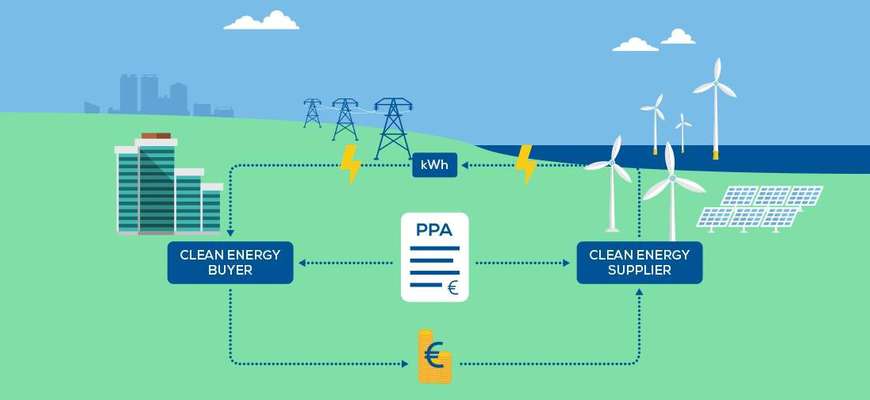Power Purchase Agreements: Back to basics with a modern touch
Have you heard about the explosion of Direct-to-Consumer (D2C) trend over the past few years on consumer goods market? D2C has led to a shift in the relationship between producers and consumers. There’s no longer a reliance on traditional middlepersons. Electricity as a commodity and a consumer good is not an exception in such transformation. But wait a moment, in fact, consumers were in direct contact with producers in the past and there was no middleperson!
Long time ago, one would never think of buying tomato from a distributor whom buys all the tomato from local producers and then sell it to end-consumer. It was the same in the electricity market as well. There were small producers which sell their products the end-consumers in a bilateral contract. Middlepersons became necessary due to the following factors:
- Standards for quality assurance specially related to health and safety.
- Increasing population and need of mass production and distribution channels.
- Lack of technology and infrastructure to connect producers to consumers.
In the following table a comparison between tomato producer and electricity generators based on above factors is made:

As a result, a large trend of creating middlepersons to manage the increasing demand and to follow the necessity of the standards have occurred and it transformed our society. That’s why we have big players in energy market such as utilities to manage energy, large department stores to sell consumer products and large supermarkets to sell food. But what happens when the trust on middle persons decreases and a technology emerges which can facilitate direct connection of consumers to producers, direct-to-consumer (D2C). Yes, you are right, the need for a middleperson will naturally become obsolete and these are the main drivers:
1. Lack of trust between the middleperson and end-consumer.
2. Empowered producers with extra value proposition appealing for end-consumers.
3. Emergence of technology which makes D2C possible in an efficient way.
In the following table a comparison between tomato producer and electricity generators based on above factors is made:

This is the back to basic process from creating big middlepersons to handle the distribution to D2C where empowered tomato producer/electricity generators can read end consumers directly. And the modern touch is the extra values such as being organic and renewable to the products. In the electricity market, one of the means of making such D2C process possible is called PPA (Power Purchase Agreement).
PPAs are bilateral contracts between two parties, one which generates electricity (the seller) and one which is looking to purchase electricity (the buyer). The PPA defines the commercial terms for the sale of electricity between the two parties, including when the project will begin commercial operation, schedule for delivery of electricity, penalties for under delivery, payment terms, and termination. A PPA is the principal agreement that defines the revenue and credit quality of a generating project and is thus a key instrument of project finance. The main advantages of PPAs are:
- Empowering SMEs (Small and Medium Enterprise) to build renewable power plants and secure financing.
- Removal of unnecessary middleperson and consequently decrease the cost for end-consumer and increase the bilateral trust.
- Enable innovation and entrepreneurship and consequently more vibrant market environment with technologies such as blockchain.

